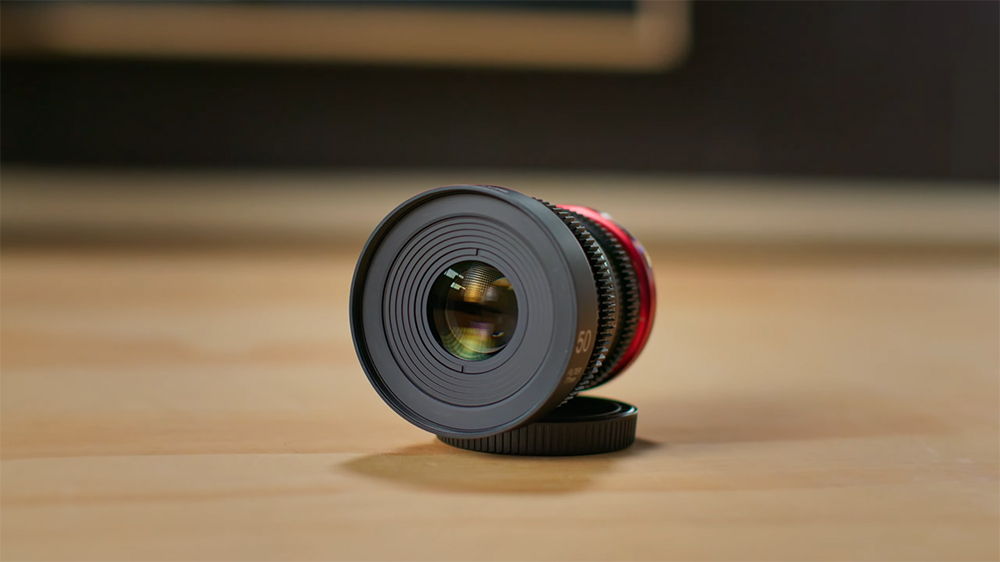

Better films every fortnight. Subscribe to Syrp Lab YouTube.
Are you shopping for a new prime lens but unsure where to start or how to compare? In this article, we condense it down to just six important lens features you should consider when buying a new lens.
For filmmakers, photographers, and content creators, picking a lens usually comes down to the type of project you're shooting, your budget, and your personal taste. But with a massive array of choices out there, it's hard to know if you're dropping your hard-earned cash on the right fit.
In our recent Film Science video and article, we roadtested six different prime cine and photo lenses. Ranging in price from an affordable $300 to an impressive $15,000, we attempted to take the guesswork out of your next lens purchase.
In this article, we take a look at six important features to consider when buying a prime lens.
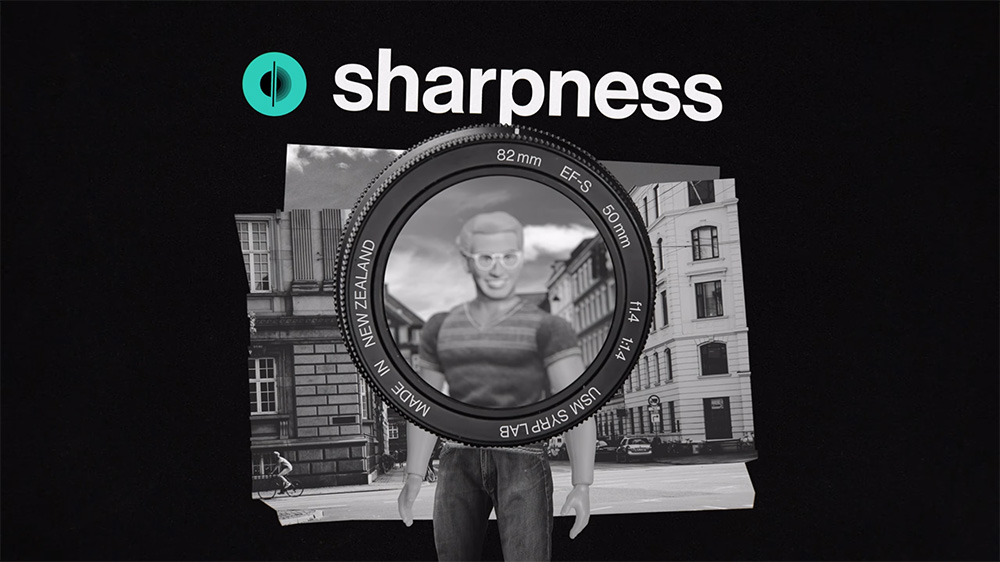

1. Sharpness
Sharpness is all about nailing that crisp, crystal-clear detail when your subject is in focus.
It is determined by the lens's ability to resolve fine details, which varies from lens to lens and with the quality of the glass. When focusing on a subject, the lens elements move back and forth, and the sharpness of the resulting image depends on the lens's resolution capacity similar to your monitors resolution.
However, the desired level of sharpness can vary depending on the project's requirements. While an overly soft lens can produce unsatisfactory results, an excessively sharp lens may not always be desirable either. For instance, when trying to create an organic or vintage effect, a slightly soft lens like a vintage glass lens may be more suitable.
Ultimately, the level of sharpness required in a lens should be chosen based on the project's specific needs and the look and feel your trying to achieve.


2. Focus
There are a few things to consider when looking at focus. The first is depth of field, which refers to the area in a photograph or image that appears in focus, with objects outside of this area appearing blurred or out of focus.
This focus distance is determined by the camera's aperture, with a larger aperture resulting in a shallower depth of field. A larger aperture also allows more light into a lens, which enables you to shoot in lower light. This is a desirable feature but does require high-quality glass, so the larger the aperture a lens can achieve, the more expensive the lens often is.
Now, we normally talk about apertures in f-stop numbers, where the lower the number, the larger the aperture. But comparing between photo and cine lenses can get a little tricky. Cine lenses measure in t-stops, which aren't the same as f-stops. While f-stops measure the size of the aperture, t-stops take into account the actual transmission of light through the lens, which is impacted by the number of elements in a lens. So, we just need to keep in mind that when we're talking about depth of field and aperture, we can't directly compare lenses measured in f-stops to lenses measured in t-stops.
Another consideration when thinking about a Cine lens is that they are designed for filmmaking and capturing motion, which typically means they do not have autofocus and image stabilization capabilities. So, if these features are critical for you, then you will probably need to stick to photo lenses.
And we can't talk about focus without mentioning focus breathing. Focus breathing is when you refocus a lens and there is a slight zoom as the internal lens elements move to refocus. This isn't a big problem for photo lenses because you're using them to take a single frame, but when it comes to video or film, however, this can be kind of distracting. So, a lot of cine lenses have an additional element that corrects for this, virtually eliminating focus breathing.
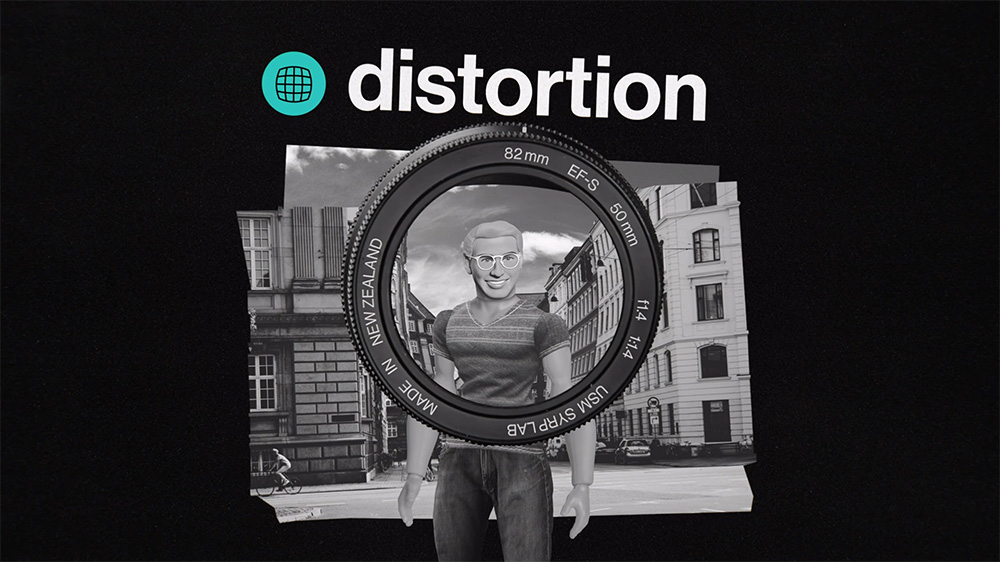

3. Distortion
When you take a photo with a lens, you might notice that straight lines in the image appear bent. This effect is called distortion and can make lines bend across the frame or up towards the edges.
There are three main common types of distortion:
Barrel: Straight lines bending like they're hugging the side of a barrel.
Pincushion: Straight lines near the edges curving inward like they're getting squeezed.
Wavy: Is a combo of barrel and pincushion.
However, whether or not distortion is present isn't necessarily a good or bad thing. A complete lack of distortion can appear clinical or boring, while distortion can be used creatively to evoke an emotional response or a particular mood.
For example, fisheye lenses are famous for their dramatic distortion and are still popular today in skate videos. Ultimately, the presence of distortion in your images comes down to personal preference and the vibe or mood you're trying to create.
Built for cinematic projects and filmmaking, cine lenses have larger glass elements and complex optical construction, meaning distortion is minimised.
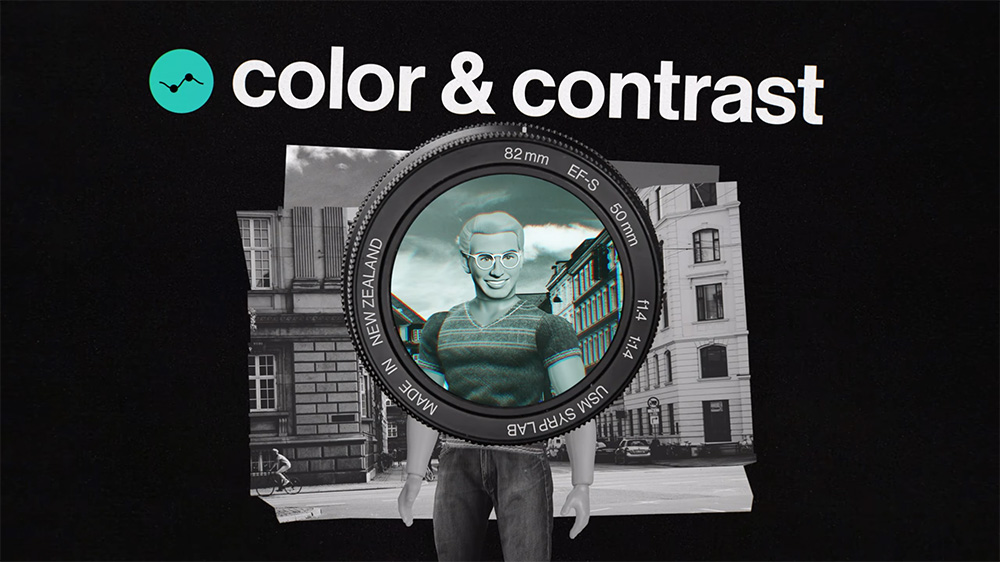

4. Colour/contrast
Colour and contrast are not high on the list of features most people consider when choosing a camera lens, but to be honest, they should be. Chemical coatings manage reflection and improve the optics of a lens, so it makes sense that your lens choice will impact the overall colour and contrast of your shots.
But does that matter if you're going to grade your footage? The answer to that is a yes and no kind of deal. Starting with a good image saves you time overall and difficult reflections on the lens can be a headache in post.
If you are considering a quality set of cine lenses these coatings should be consistent from lens to lens, which won't be the case when switching between different brands of prime photo lenses or even cheaper cine lens sets.
Contrast and micro contrast (aka local contrast) are also affected by the lens. Some lenses dish out better detailing, and when mixed with a lens's crispness, they'll make your image pop or have a superb element of 3D.
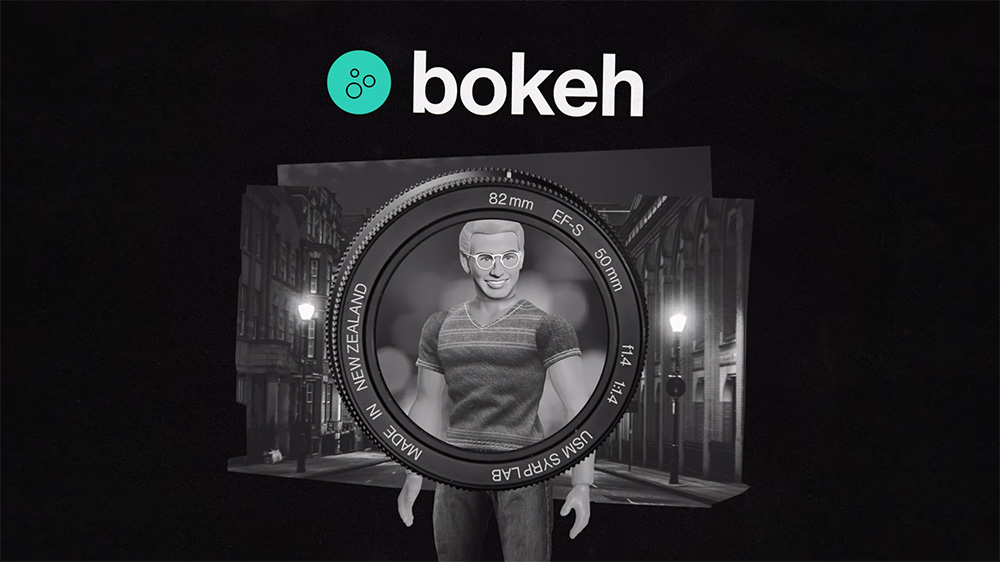

5. Bokeh
We use bokeh to talk about the out-of-focus area in a shot and how it looks.
With bokeh, bright lights might morph into distinct circles or blur out a bit more, depending on a few elements in the lens. Aperture shape and the number of blades play a role in the look of a bokeh, ultimately determining its shape.
Engineers are going for the cleanest bokeh possible on modern lenses, but you'll still get hard edges or texture on some. When choosing a prime lens, it's good to consider the kind of bokeh it creates, especially if you want to shoot projects with a shallow depth of field or want to create a specific look for out-of-focus areas.
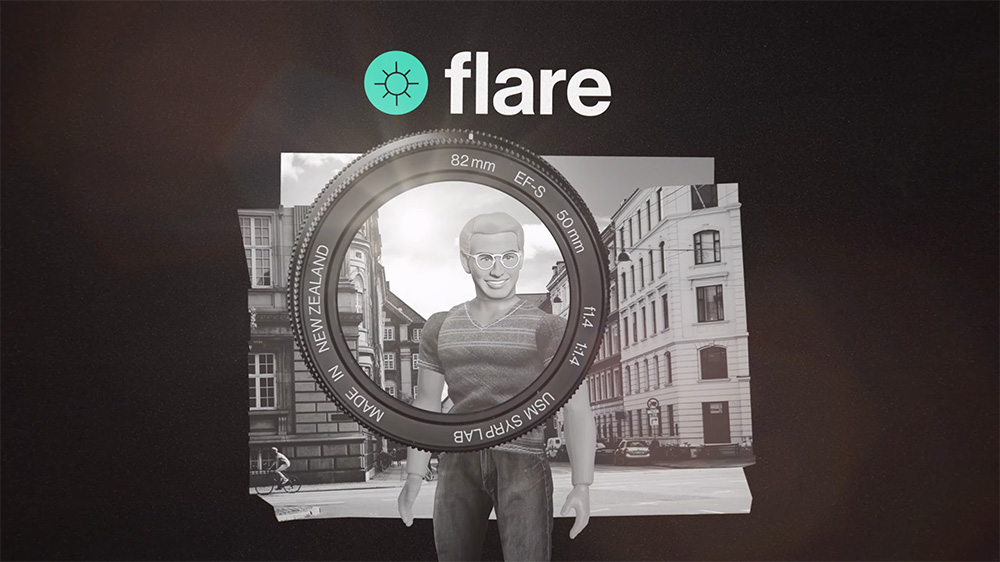

6. Flare
Flare is caused by light bouncing off the internal elements of a lens and is pretty much inevitable. Generally, the inside of the lens housing will be matt black, but the coating will impact the nature of the colour that does make it through.
These differ between manufacturers and lenses. Some cine lenses are designed to suppress flare, while others might offer a more vintage look, so once again, it all depends on your budget, look and feel of your project.
Now you have the info, you're all set to shop for a prime lens that will give you the best quality in your shoot and the ultimate bang for your buck!
Liked to learn more about filmmaking gear and techniques? Checkout out more of our Film Science episodes.

